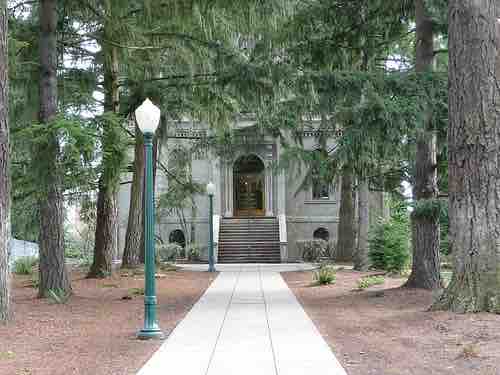Introduction
As you prepare your speech, first ask yourself what the members of the audience already know about the topic. What is their level of knowledge and are they able to learn more? Remember, it is important to consider not only the formal education but the self-directed learning of audience members in order to gear you speech to the right level of understanding.
To see the importance, here is an example provided by Lewis.
Lewis' Story
I enjoy learning new things and I love sharing what I know. Or, more accurately, I love sharing what I think I know. If I can learn something while I'm sharing, that's a total bonus. A totally uneventful presentation can be relaxing but I kind of like to keep it edgy, learn something from the process. Not so much a projector exploding right before I present but things that make me stretch. Being a good presenter is a personal goal for me. Part of creating a good presentation is knowing your audience and aiming the material right between their eyes.
I was giving a presentation recently. It was a presentation for work. I had given a general purpose "What is a data mart? " presentation last year and this was Part Two, digging into our financial transactions data mart. I was specifically going over the mart's facts and dimensions. One of the requests for the presentation was to explain how to efficiently query the data and an overview of why our data mart (specifically this star schema) might be faster than other styles of design.
I started with a refresher: what is a fact, what is a dimension; and then segued into the facts and dimensions specific to our mart. I spoke a little bit about what we had and why we chose those particular entities. I then moved onto the performance benefits. I spent quite a bit of time explaining bitmap indexes and star transformations. I really thought that was where most of my questions would be. The fascinating thing to me is where the discussion ended up. It wasn't a failure to understand bitmaps (I credit my awesome diagram for that) nor was it anything confusing about star transformations.
On a couple of slides I had mentioned "query rewrite" in relation to tuning (using aggregates) and star transformations. What I learned is that something that has become second nature to me might not be to many other people. The fact that Oracle would rewrite my query at runtime used to really scare me. After seeing the magic (which is what it felt like at first), I got used to it and have come to expect it (in the right situations).
But my audience was sitting there wondering, "What does query rewrite mean? " Some thought that it meant the developer did not write it correctly the first time so Oracle was recommending that it be rewritten as a star transformation (or to go against a materialized view instead of a base table).
That is such an obvious misconception that I can't believe I didn't even anticipate it at all. The questions and comments I got on that drove a nice discussion. One of the questions was, "Would someone be monitoring the rewrites so that it could be done better next time? " It took me a while to understand the question; I literally was not understanding the disconnect for a few minutes. It's a good question, based on the audience's understanding at the time that I gave them more information.
The problem was not with the audience, it was my failure to make sure that my presentation gave a basic explanation of the terms I would be using. I learning that it is important to "know thy audience. " Data marts were new to most of this group. That's why I took the time to define a fact, a dimension, bitmap indexes, star schemas, star joins, etc. Query rewrite (basic, advanced) is such a fundamental part of what I was explaining, I totally glossed over it. It's like explaining why the sidewalk is hard but not giving a definition of concrete.
I finally explained that Oracle was rewriting it based on data (statistics) it had at runtime, on knowledge of the structures in the database, and on algorithms that know how to optimize very certain types of queries to get the best throughput from them.
What Lewis Learned

University of Oregon
The audience's education goes beyond whether or not they have a degree or what that degree might be in.
It reminded me to remember that I need to look at my presentation from the view of someone sitting in the audience, not the view on the podium . This is a lesson for you, too. Knowing what your audience knows is key to giving a good presentation.